Differentiating Chiles And Peppers
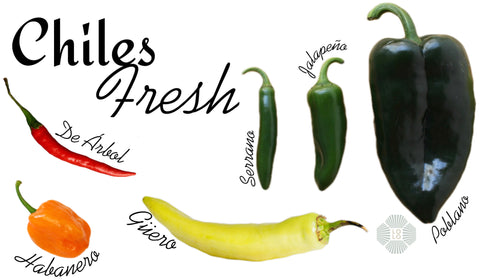
When it comes to differentiating between chiles and peppers, the key lies in understanding their biological classification. Peppers belong to the genus Piper, while chiles belong to the genus Capsicum. This distinction in genus makes them two distinct types of plants with different characteristics and flavors. While both may add heat and spice to dishes, chiles tend to be spicier compared to peppers. The confusion between the two terms often arises due to their similar usage and appearance, but their botanical differences make them unique in their own right.
Chiles Vs Peppers: Definitions And Characteristics
Chiles and peppers are often used interchangeably in everyday language, but they have distinct definitions and characteristics. Chiles, belonging to the genus Capsicum, are spicy and hot, with a variety of flavors ranging from mild to extremely fiery. On the other hand, peppers, belonging to the genus Piper, are milder in taste and don’t possess the same heat level as chiles. While both chiles and peppers can add flavor and spice to dishes, it’s important to understand their biological classification and the differences in their heat levels and characteristics.
Chiles Vs Peppers: Heat Levels And Flavor Profiles
Chiles and peppers differ not only in their heat levels but also in their flavor profiles. Chiles, being spicier, range from mild to extremely fiery. Some popular chiles include jalapeños, habaneros, and serranos. These chiles pack a punch and add a robust, intense heat to dishes. On the other hand, peppers, such as bell peppers and banana peppers, have a milder taste and don’t possess the same level of spiciness. They are known for their sweet, fruity, or tangy flavors, making them a versatile ingredient in various cuisines. Understanding the heat levels and flavor profiles of chiles and peppers is essential for creating delicious and balanced dishes.
Mild Varieties: Poblanos And Bell Peppers
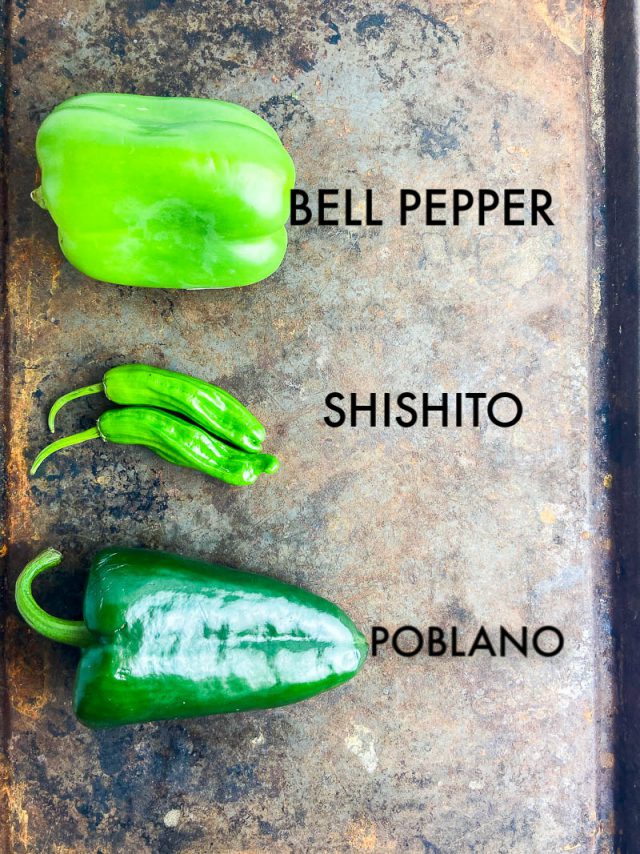
Poblanos and bell peppers are considered mild varieties in the chile vs pepper spectrum. Poblanos, also known as ancho chiles when dried, have a slightly earthy and fruity flavor. They are commonly used in Mexican cuisine, particularly in dishes like chiles rellenos. Bell peppers, on the other hand, have a sweet and crisp taste with no heat. They come in various colors, including green, red, yellow, and orange, and are a popular choice for salads, stir-fries, and stuffed pepper recipes. Both poblanos and bell peppers add depth and flavor to dishes without overwhelming spiciness.
Poblanos And Bell Peppers: Mild Chile And Pepper Comparison
Poblanos and bell peppers are both mild varieties in the chile vs pepper spectrum. While poblanos have a slight heat ranging from 1000 to 1500 Scoville heat units (SHU), bell peppers have no heat at all. Poblanos have a slightly earthy and fruity flavor, making them a popular choice in Mexican cuisine. Bell peppers, on the other hand, have a sweet and crisp taste. In terms of popularity, bell peppers are searched for more often online compared to poblanos. Both peppers add depth and flavor to dishes without overwhelming spiciness.
Poblanos And Bell Peppers: Culinary Uses
Poblanos and bell peppers are versatile ingredients that add depth and flavor to a variety of dishes. Poblanos, with their slight heat and fruity flavor, are commonly used in Mexican cuisine. They are often roasted and used in recipes like chiles rellenos or added to sauces and salsas. Bell peppers, on the other hand, are known for their sweet and crisp taste. They are great for adding color and crunch to salads, stir-fries, and stuffed pepper recipes. Both poblanos and bell peppers can be used in soups, stews, and sautés for added flavor and texture.
Medium Heat: Jalapeños And Banana Peppers
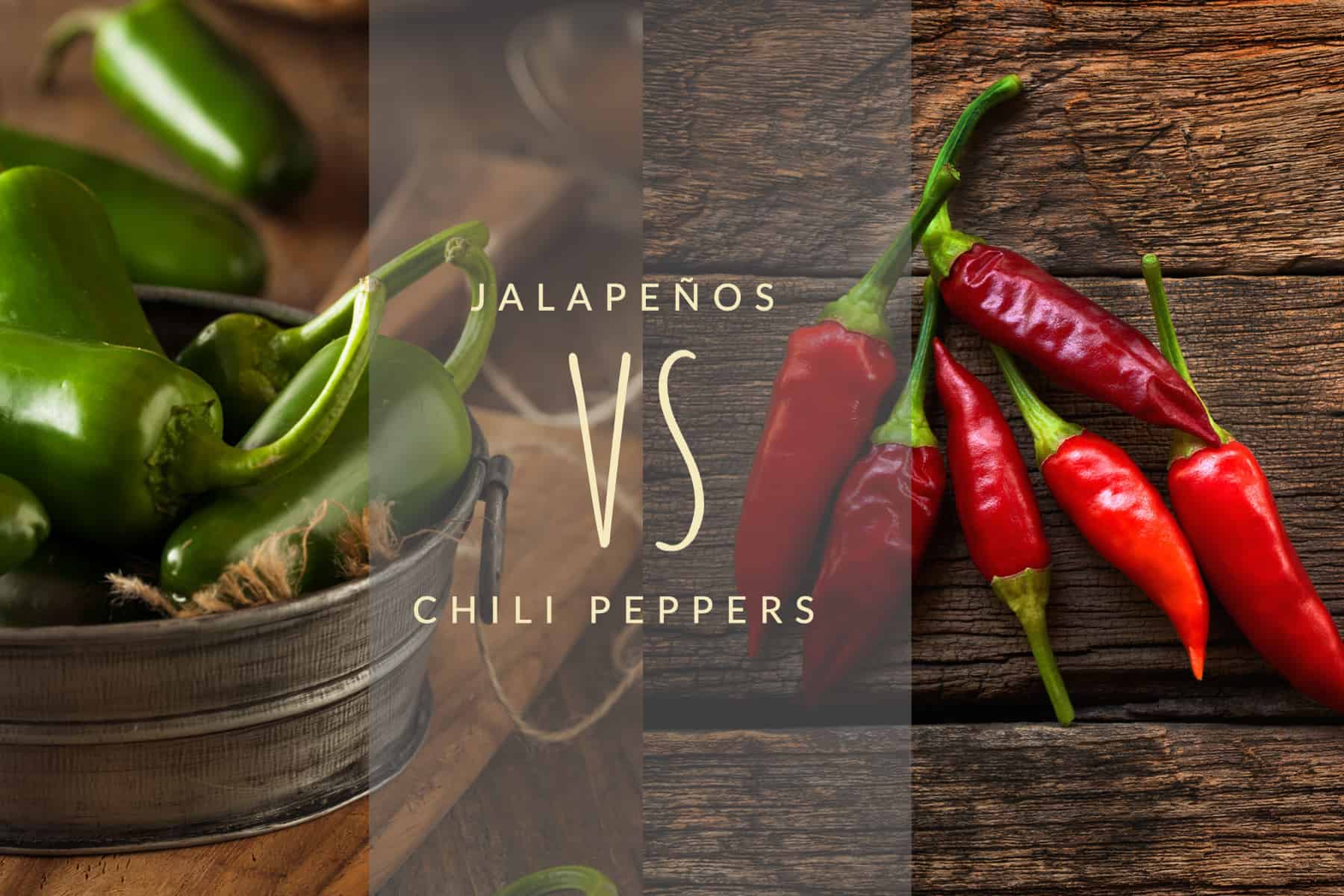
Jalapeños and banana peppers fall into the medium heat category on the spice spectrum. Jalapeños, with their Scoville scale range of 2,500 to 8,000 SHUs, offer a pleasant level of heat that packs a punch without being overpowering. These versatile peppers are commonly used in Mexican cuisine, adding a spicy kick to salsas, nachos, and stuffed peppers. On the other hand, banana peppers have a milder heat, ranging from 0 to 500 SHUs. They are often enjoyed pickled, sliced on sandwiches, or used to add a touch of mild spice to salads and pizzas. Both peppers bring a delightful balance of flavor and heat to any dish.
Jalapeños And Banana Peppers: Medium Chile And Pepper Comparison
Jalapeños and banana peppers share a common classification as medium heat chiles and peppers. While jalapeños have a higher heat level than banana peppers, both fall within the medium range on the spice spectrum. Jalapeños range from 2,500 to 8,000 Scoville Heat Units (SHUs), offering a spicier kick compared to banana peppers, which range from 0 to 500 SHUs. These peppers differ in terms of flavor as well, with jalapeños providing a more intense heat and distinct pepperiness, while banana peppers offer a milder, slightly tangy taste. Both peppers are widely used in various cuisines to add a pleasant level of heat to dishes.
Jalapeños And Banana Peppers: Heat Scale And Cooking Applications
Jalapeños and banana peppers, both falling within the medium range on the spice spectrum, offer distinct levels of heat. Jalapeños, with their Scoville heat units ranging from 2,500 to 8,000 SHUs, provide a spicier kick compared to the milder banana peppers, which range from 0 to 500 SHUs.
These differences in heat make jalapeños more suitable for those seeking a fiery flavor, while banana peppers offer a milder, tangy taste. In terms of cooking applications, both peppers can be used in various dishes such as salsas, stir-fries, and stuffed appetizers. Whether you prefer a bold heat or a subtle tang, these peppers add a delightful kick to any recipe.
Spicy Options: Habaneros And Serranos
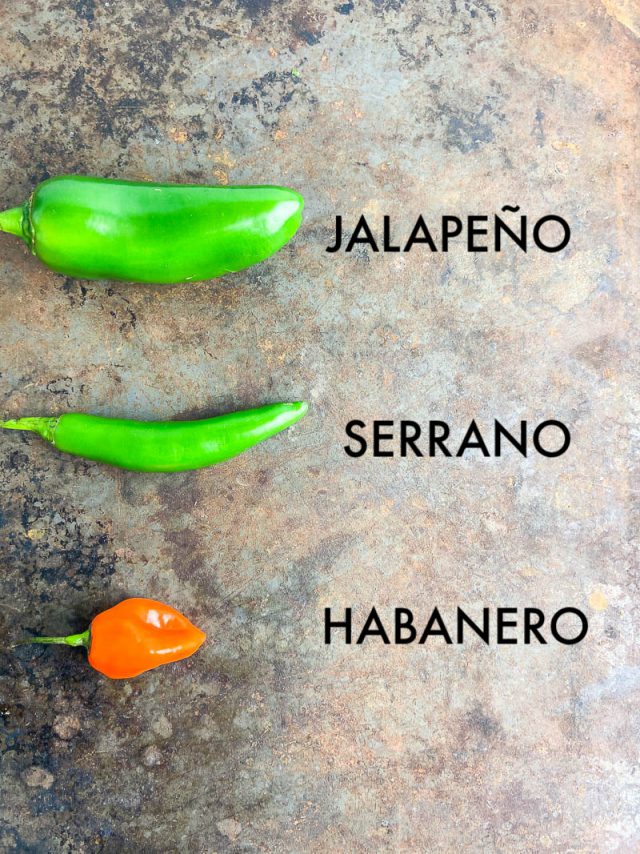
Habaneros and Serranos are two popular options for those seeking a fiery taste experience. Known for their intense heat, Habaneros are considered one of the spiciest chile peppers available. They boast a sweet and fruity flavor, making them a favorite in Caribbean and Mexican cuisines. Serranos, on the other hand, have a slightly milder heat compared to Habaneros but still pack a punch. With a bright and crisp flavor, Serranos are commonly used in salsas, sauces, and spicy dishes. Both peppers add a bold and spicy kick that can elevate any dish.
Habaneros And Serranos: Spicy Chile Varieties
Habaneros and Serranos are two popular varieties of spicy chile peppers known for their intense heat. Habaneros are considered one of the spiciest chiles available and are characterized by their vibrant orange color and distinctive fruity flavor. They are commonly used in Caribbean and Mexican cuisines to add a fiery kick to dishes. Serranos, on the other hand, have a slightly milder heat compared to Habaneros but still pack a punch. These smaller and slender green chiles are often used in salsas, sauces, and other spicy dishes. Incorporating these spicy chiles can add a bold and fiery flavor to your culinary creations.
Habaneros And Serranos: Spiciness Levels And Cultural Significance
Habaneros and Serranos are known for their fiery heat, but they have different levels of spiciness. Habaneros are renowned for their intense heat, ranking high on the Scoville scale. They are considered one of the spiciest chiles available, with a range of 100,000 to 350,000 Scoville Heat Units (SHU). Serranos, on the other hand, have a slightly milder heat, ranging from 6,000 to 23,000 SHU.
Both chiles hold cultural significance in their respective cuisines. Habaneros are commonly used in Caribbean dishes, adding a fiery kick and a distinct fruity flavor. Serranos are popular in Mexican cuisine and are used in salsas, sauces, and other spicy dishes. Incorporating these chiles into your cooking can add a bold and fiery flavor that is deeply rooted in their cultural heritage.
Scoville Scale And Heat Measurement
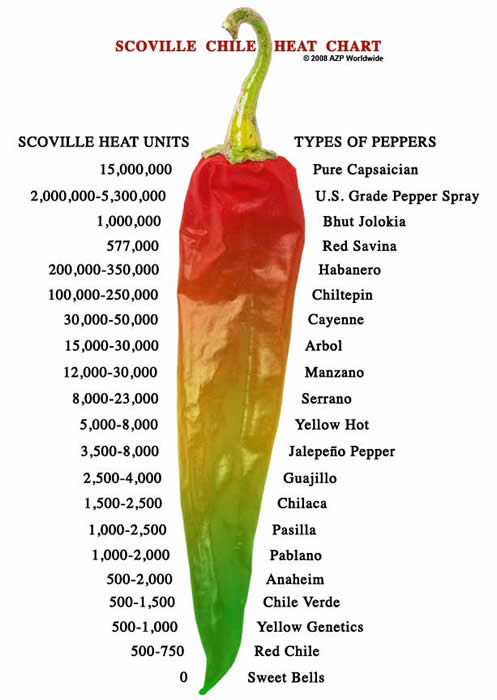
The Scoville Scale is a widely recognized and used method to measure the heat and spiciness of chili peppers. Developed by pharmacist Wilbur Scoville in 1912, the scale assigns a numerical value, known as Scoville Heat Units (SHU), to each pepper based on its capsaicin content. Capsaicin is the compound responsible for the fiery sensation. The higher the SHU, the hotter the pepper. This scale allows chefs, food manufacturers, and consumers to understand the heat intensity of different peppers and make informed choices when incorporating them into their recipes.
Understanding The Scoville Scale For Chiles And Peppers
The Scoville Scale is a vital tool for understanding the heat levels of chiles and peppers. It assigns a numerical value, known as Scoville Heat Units (SHU), to each pepper based on its capsaicin content. Developed by pharmacist Wilbur Scoville in 1912, this scale helps chefs, food manufacturers, and consumers choose the right pepper for their desired level of spiciness. The higher the SHU, the hotter the pepper. By consulting the Scoville Scale, individuals can make informed decisions and create flavorful dishes that suit their taste preferences.
Measuring Heat Intensity In Chiles And Peppers
Measuring the heat intensity in chiles and peppers is crucial for understanding their spiciness. The Scoville Heat Scale, developed by Wilbur Scoville, quantifies the concentration of capsaicin, the compound responsible for the peppers’ spiciness. The unit of measurement used is Scoville Heat Units (SHU). This scale allows chefs, food manufacturers, and consumers to accurately determine the level of heat a pepper possesses and make informed choices when incorporating them into their dishes. By referencing the Scoville Scale, individuals can confidently experiment with different chili varieties and create culinary masterpieces that balance heat and flavor.
Conclusion
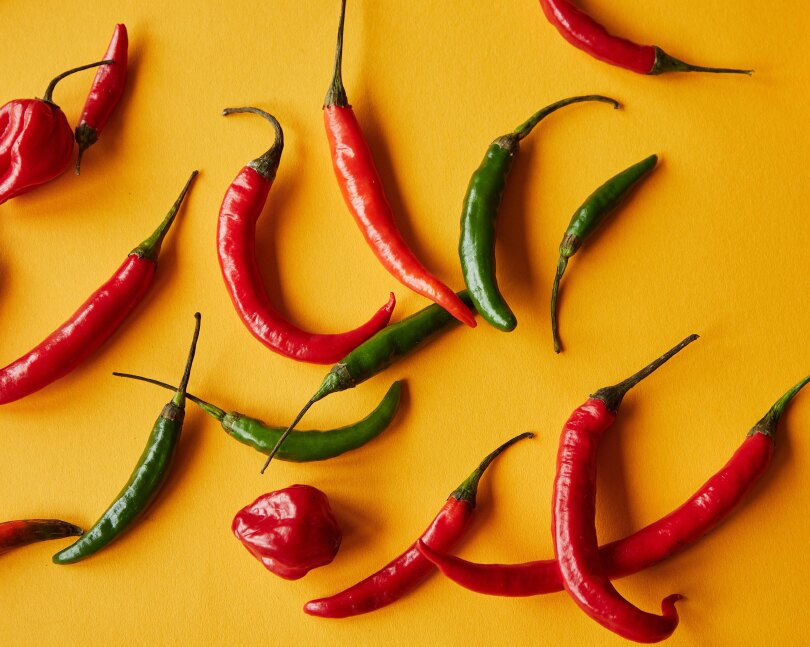
In conclusion, understanding the differences between chiles and peppers is essential for navigating the spice spectrum in culinary endeavors. From mild varieties like poblanos and bell peppers to medium heat options like jalapeños and banana peppers, and finally to the spicier habaneros and serranos, each pepper offers its unique flavor profile and level of heat. The Scoville Scale serves as a valuable tool for measuring and comparing the intensity of peppers. By incorporating different chiles and peppers into cooking, individuals can create a wide range of delicious dishes that balance heat and flavor.
Summary Of Chile Vs Pepper Differences And Spice Spectrum
When it comes to chiles vs peppers, understanding the differences is key to navigating the spice spectrum. While both chiles and peppers belong to different genera, chiles are generally spicier than peppers. Mild varieties like poblanos and bell peppers provide a subtle heat, while medium heat options like jalapeños and banana peppers add a bit more punch. For those seeking a spicy kick, habaneros and serranos offer intense heat. The Scoville Scale helps measure and compare the spice levels of different chiles and peppers. By incorporating these varieties into cooking, individuals can create a range of delicious dishes that balance heat and flavor.
Tips For Incorporating Different Chiles And Peppers In Cooking
To incorporate different chiles and peppers into cooking, there are several tips to keep in mind. First, consider the heat level and flavor profile of the chile or pepper you are using to ensure it complements your dish. Next, start with small amounts of spice and gradually add more to suit your taste preferences. Experiment with different cooking methods, such as roasting or grilling, to enhance the flavors of the chiles and peppers. Lastly, don’t be afraid to mix and match varieties to create unique and delicious flavor combinations in your recipes.
FAQ About Chiles Vs Peppers: Understanding The Spice Spectrum
Q: What is the main difference between chiles and peppers?
A: The terms “chiles” and “peppers” are often used interchangeably, but technically chiles refer to any spicy variety of Capsicum plant, while peppers refer to the sweeter, milder varieties.
Q: What determines the spice level of a chile or pepper?
A: The spice level of a chile or pepper is primarily determined by the presence of capsaicin, a compound found in the fruit’s placental tissue. The more capsaicin, the spicier the fruit.
Q: Are chiles and peppers categorized based on their spice levels?
A: Yes, chiles and peppers are categorized on the Scoville scale, which measures the heat of a pepper or chile. This scale ranges from mild (such as bell peppers) to extremely hot (like Carolina Reaper).
Q: Can chiles and peppers be used interchangeably in recipes?
A: It depends on the specific flavor and heat level you desire in your dish. Substituting one for the other may alter the overall taste and spiciness of the recipe.
Q: Are there health benefits to consuming chiles and peppers?
A: Yes, both chiles and peppers contain high levels of vitamins, antioxidants, and capsaicin, which have been linked to various health benefits including improved metabolism and reduced inflammation.
Q: How should one handle chiles and peppers to avoid skin irritation?
A: To avoid skin irritation from handling chiles and peppers, it is recommended to wear gloves while cutting or handling them. Also, avoid touching your face or eyes after coming in contact with these spicy fruits.

Kostas Mediterranean is a family-owned Greek restaurant located in North Vancouver. Our passion for bringing the authentic flavors of Greece to the local community has been the driving force behind our establishment. We take pride in offering a warm and welcoming atmosphere where guests can experience the true essence of Greek hospitality. Our journey began with Kostas, whose culinary skills and love for Greek cuisine inspired the creation of the restaurant. With a desire to share his family recipes and traditions, Kostas set out to create a dining experience that captures the spirit of Greece. The result is a menu that showcases a delightful blend of traditional and modern Greek dishes prepared with the finest and freshest ingredients.